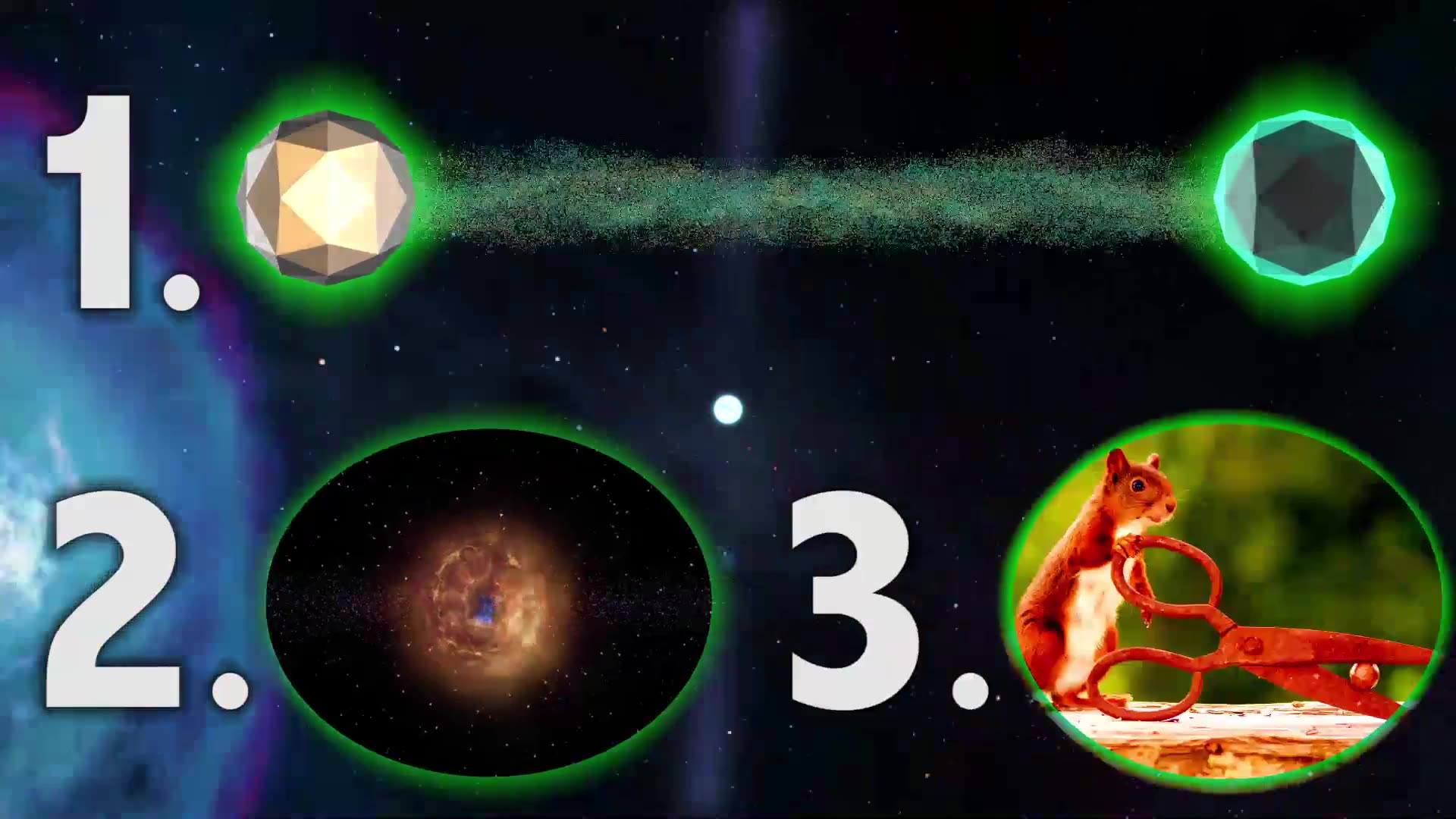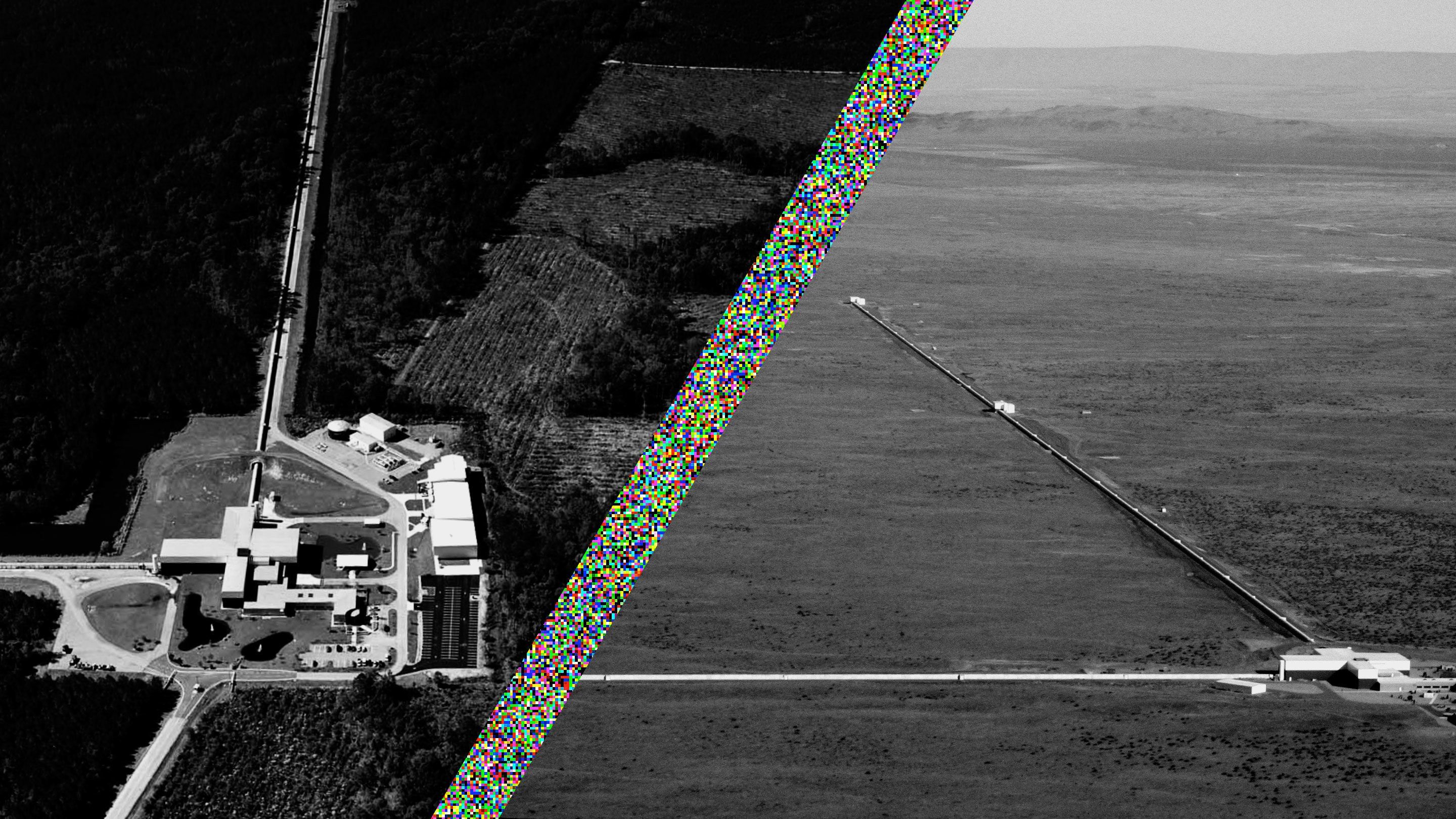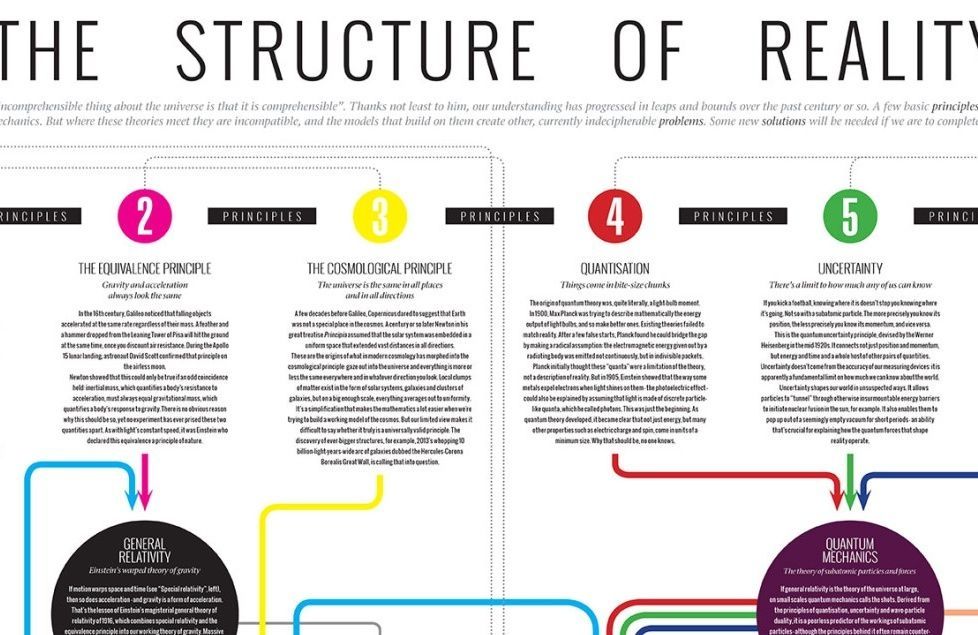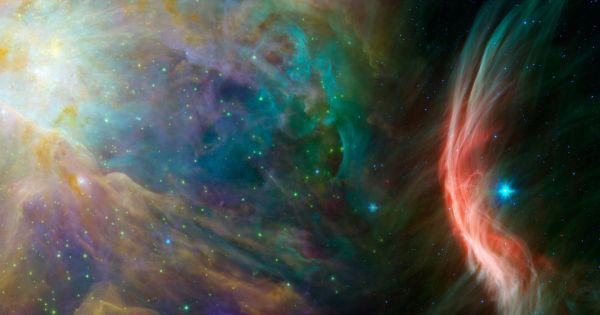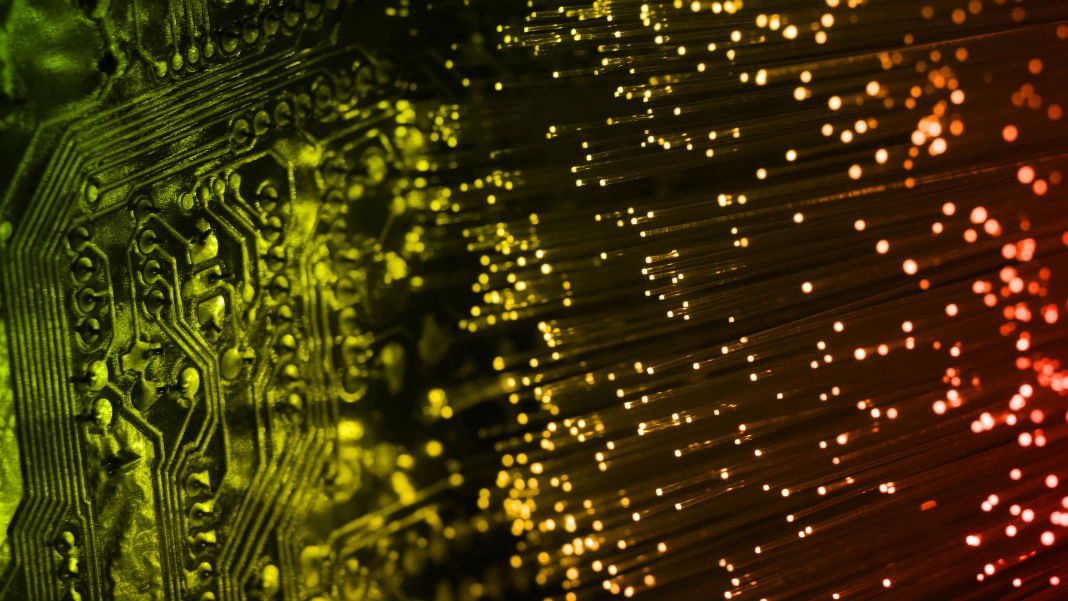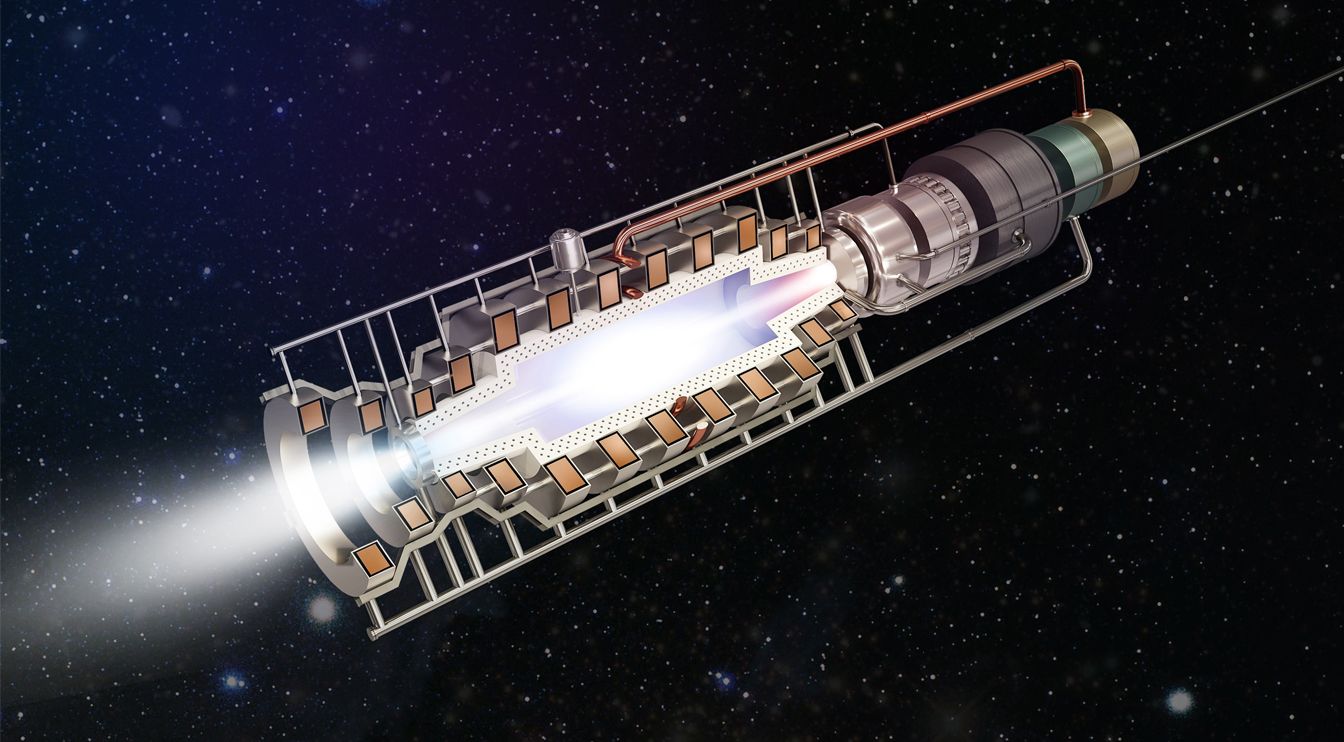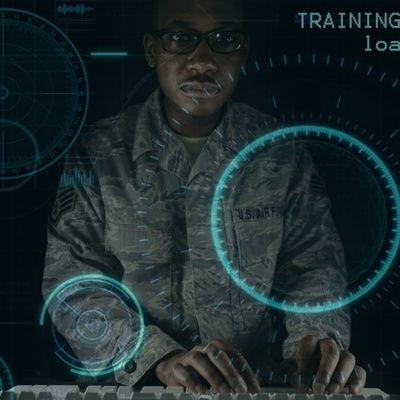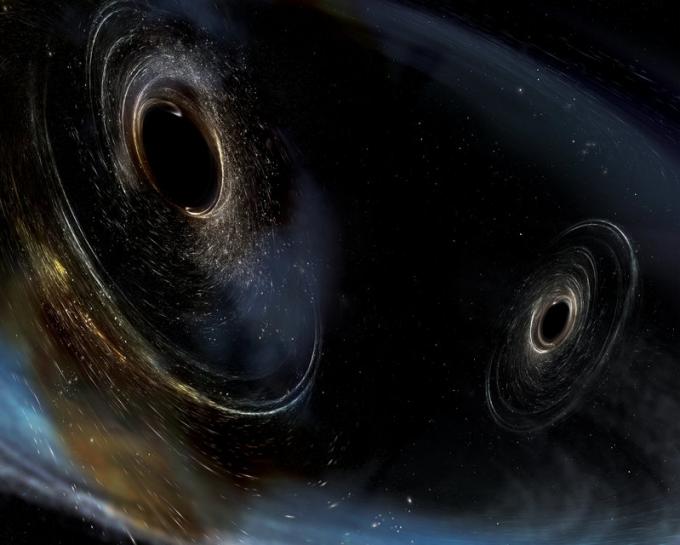Archive for the ‘physics’ category: Page 275
Jul 15, 2017
Strange Noise in Gravitational-Wave Data Sparks Debate
Posted by Sean Brazell in category: physics
Fascinating article.
The team that discovered gravitational waves put their data online. Now an independent group of researchers claims that they’ve found what might be a serious problem.
Jul 5, 2017
Reality guide: A poster of how everything fits together
Posted by Shailesh Prasad in category: physics
Our ultimate user’s guide to fundamental physics – all on one spectacular poster for you to download for free.
Download the poster as a PDF file.
Jul 4, 2017
This is the Closest Thing We Have to a Master Equation of the Universe
Posted by Andreas Matt in categories: information science, mathematics, physics, space
The grand theory of almost everything actually represents a collection of several mathematical models that proved to be timeless interpretations of the laws of physics.
Here is a brief tour of the topics covered in this gargantuan equation.
This version of the Standard Model is written in the Lagrangian form. The Lagrangian is a fancy way of writing an equation to determine the state of a changing system and explain the maximum possible energy the system can maintain.
Continue reading “This is the Closest Thing We Have to a Master Equation of the Universe” »
Jun 20, 2017
Deep Learning at the Speed of Light on Nanophotonic Chips
Posted by Klaus Baldauf in categories: physics, robotics/AI
Deep learning has transformed the field of artificial intelligence, but the limitations of conventional computer hardware are already hindering progress. Researchers at MIT think their new “nanophotonic” processor could be the answer by carrying out deep learning at the speed of light.
In the 1980s, scientists and engineers hailed optical computing as the next great revolution in information technology, but it turned out that bulky components like fiber optic cables and lenses didn’t make for particularly robust or compact computers.
In particular, they found it extremely challenging to make scalable optical logic gates, and therefore impractical to make general optical computers, according to MIT physics post-doc Yichen Shen. One thing light is good at, though, is multiplying matrices—arrays of numbers arranged in columns and rows. You can actually mathematically explain the way a lens acts on a beam of light in terms of matrix multiplications.
Continue reading “Deep Learning at the Speed of Light on Nanophotonic Chips” »
Jun 19, 2017
Why Interstellar Travel Will Be Possible Sooner Than You Think
Posted by Klaus Baldauf in categories: computing, physics, space travel
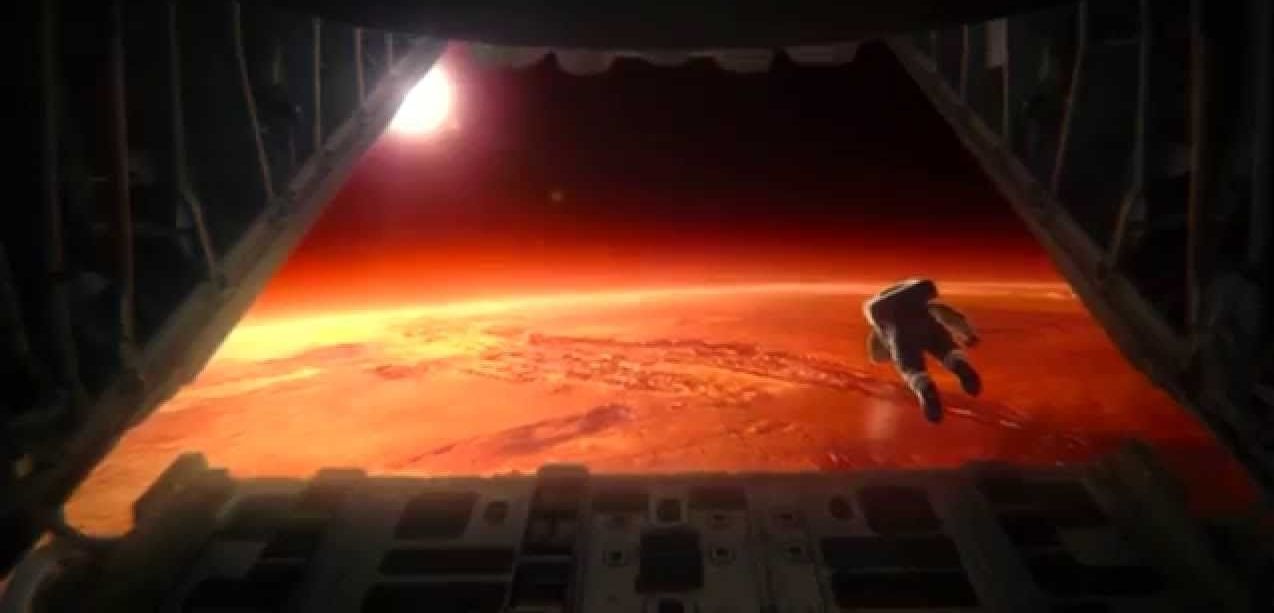
The term “moonshot” is sometimes invoked to denote a project so outrageously ambitious that it can only be described by comparing it to the Apollo 11 mission to land the first human on the Moon. The Breakthrough Starshot Initiative transcends the moonshot descriptor because its purpose goes far beyond the Moon. The aptly-named project seeks to travel to the nearest stars.
The brainchild of Russian-born tech entrepreneur billionaire Yuri Milner, Breakthrough Starshot was announced in April 2016 at a press conference joined by renowned physicists including Stephen Hawking and Freeman Dyson. While still early, the current vision is that thousands of wafer-sized chips attached to large, silver lightsails will be placed into Earth orbit and accelerated by the pressure of an intense Earth-based laser hitting the lightsail.
Continue reading “Why Interstellar Travel Will Be Possible Sooner Than You Think” »
Jun 14, 2017
NASA-Funded Startup to Build Fusion-Powered Rockets
Posted by Klaus Baldauf in categories: nuclear energy, physics, satellites
Nuclear fusion is the process that powers the sun, but closer to home scientists are trying to develop fusion reactors that could provide immense amounts of energy. These reactors are big and (currently) inefficient, but a NASA-funded startup called Princeton Satellite Systems is working on a small-scale fusion reactor that could power advanced fusion rockets. Suddenly, other planets and even other star systems could be in reach.
All the forms of rocket propulsion we currently have involve accelerating propellant out of a nozzle. Then, physics takes over and the vessel moves in the opposite direction. Most spacecraft use chemical propulsion, which provides a large amount of thrust over a relatively short period of time. Some missions have been equipped with ion drives, which use electrical currents to accelerate propellant. These engines are very efficient, but they have low thrust and require a lot of power. A fusion rocket might offer the best mix of capabilities.
Current nuclear reactors use fission to generate energy; large atomic nuclei are broken apart and some of that mass is transformed into energy. Fusion is the opposite. Small atomic nuclei are fused together, causing some mass to be converted into energy. This is what powers stars, but we’ve had trouble producing the necessary temperatures and pressure on Earth to get net positive energy generation.
Continue reading “NASA-Funded Startup to Build Fusion-Powered Rockets” »
Jun 6, 2017
Solar System Map: Surprisingly deceptive
Posted by Philip Raymond in categories: astronomy, cosmology, gravity, lifeboat, mapping, physics, space, space travel
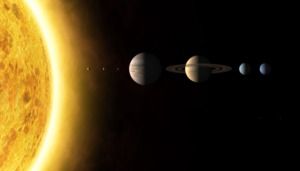 What’s wrong with this illustration of the planets in our solar system? »
What’s wrong with this illustration of the planets in our solar system? »
For one thing, it suggests that the planets line up for photos on the same solar ray, just like baby ducks in a row. That’s a pretty rare occurrence—perhaps once in several billion years. In fact, Pluto doesn’t even orbit on the same plane as the planets. Its orbit is tilted 17 degrees. 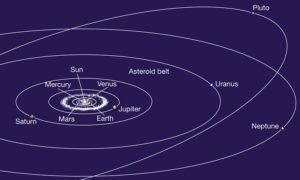 So, forget it lining up with anything, except on rare occasions, when it crosses the equatorial plane. On that day, you might get it to line up with one or two planets.
So, forget it lining up with anything, except on rare occasions, when it crosses the equatorial plane. On that day, you might get it to line up with one or two planets.
But what about scale? Space is so vast. Perhaps our solar system looks like this ↓
No such luck! Stars and planets do not fill a significant volume of the void. They are lonely specs in the great enveloping cosmic dark.* 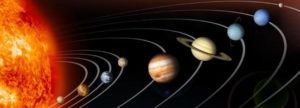 Space is mostly filled with—well—space! Lots and lots of it. In fact, if Pluto and our own moon were represented by just a single pixel on your computer screen, you wouldn’t see anything around it. Even if you daisy chain a few hundred computer screens, you will not discern the outer planets. They are just too far away.
Space is mostly filled with—well—space! Lots and lots of it. In fact, if Pluto and our own moon were represented by just a single pixel on your computer screen, you wouldn’t see anything around it. Even if you daisy chain a few hundred computer screens, you will not discern the outer planets. They are just too far away.
Continue reading “Solar System Map: Surprisingly deceptive” »
Jun 2, 2017
Tomorrow’s Robots Will Train in Simulators, Just Like Today’s Troops
Posted by Dan Kummer in categories: Elon Musk, physics, robotics/AI, transportation
Several firms are working on training environments like Star Trek’s Holodeck, but for machines.
When future robots enter the world, they won’t have a learning curve.
Artificial intelligence researchers are creating tools to help teach the robots that will assemble our gadgets in factories, or do chores around our home, before they ever step (or roll) into the real world. These simulators, most recently announced by Nvidia as a project called Isaac’s Lab but also pioneered by Alphabet’s DeepMind and Elon Musk’s OpenAI, are 3D spaces that have physics just like reality, with virtual objects that act the same way as their physical counterparts.
Continue reading “Tomorrow’s Robots Will Train in Simulators, Just Like Today’s Troops” »
Jun 2, 2017
Scientists detect Einstein gravitational waves for a third time
Posted by Dan Kummer in categories: cosmology, physics
N” Scientists have for a third time detected ripples in space from black holes that crashed together billions of light years from Earth, a discovery that confirms a new technique for observing cataclysmic events in the universe, research published on Thursday shows.
Such vibrations, known as gravitational waves, were predicted by Albert Einstein more than 100 years ago and were detected for the first time in September 2015. They are triggered by massive celestial objects that crash and merge, setting off ripples through space and across time.
The latest detection occurred on Jan. 4, 2017. Twin lasers in Louisiana and Washington picked up the faint vibrations of two black holes that were 20 and 30 times more massive than the sun, respectively, before they spiraled toward each other and merged into a larger black hole.
Continue reading “Scientists detect Einstein gravitational waves for a third time” »
